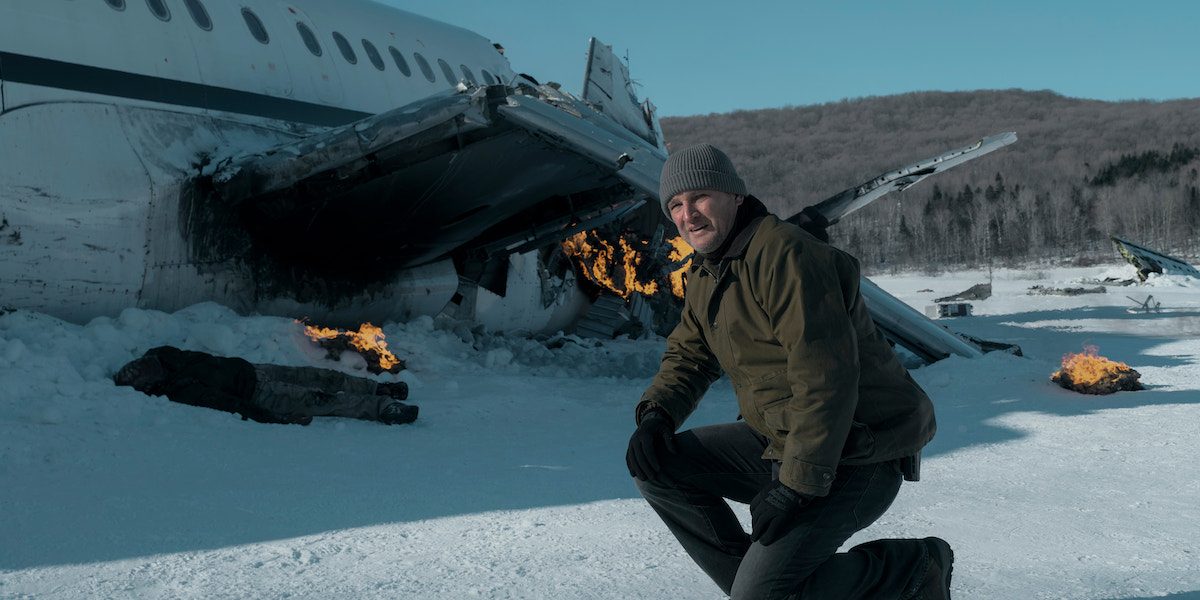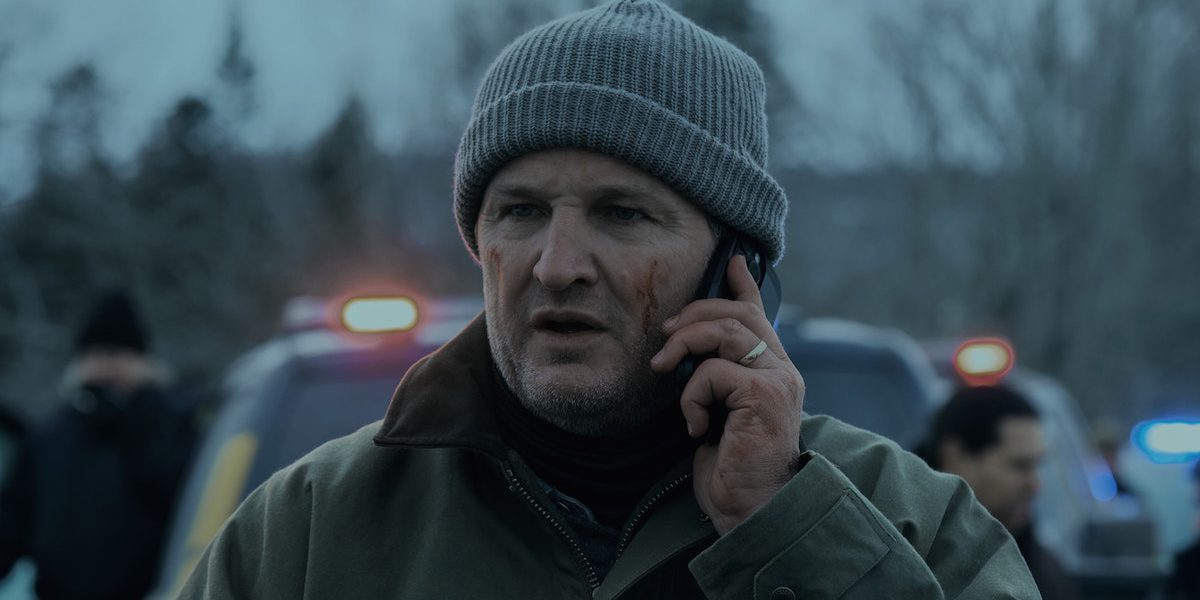Created by Jon Bokenkamp and Richard D’Ovidio, Apple TV+’s ‘The Last Frontier’ is a crime thriller series that takes the audience into the Alaskan wilderness. The protagonist is a US Marshal named Frank Remnick, who is in charge of keeping law and order in the town of Fairbanks, Alaska, which rarely, if ever, sees any major crimes. But then, a plane crashes in the freezing forest outside the town, allowing a group of dangerous criminals to go free. It falls on Frank to apprehend them before they cause havoc in his community. More importantly, he must uncover the truth and determine who is responsible for the crash. Over the course of ten episodes, the series weaves a complicated web of secrets and lies, becoming a study of characters that appear deeply realistic.
The Last Frontier’s Fictional Premise is Grounded by Realistic Characters
‘The Last Frontier’ is a fictional story conceived by Jon Bokenkamp and Richard D’Ovidio. The idea took root in their minds in 2006 when they developed a pitch about the crash of a prison transport plane. Originally, the setting was to be New York, which would be thrown into a lockdown while the authorities tried to find the escaped criminals. While they liked the idea, Bokenkamp and D’Ovidio had to shelve it as both got involved with other projects. Years later, when they revisited that idea, they made a significant change to the story by relocating it to a rural setting.

Bokenkamp, who grew up in rural Nebraska, noted that this shift allowed them to heighten the danger, not only for the people of the town but also for the criminals who are completely out of their elements in the frozen tundra. The co-creator brought his own understanding of the dynamics of community within a small town to the show, translating it to an Alaskan setting. At the core of it, he and D’Ovidio placed Jason Clarke’s Frank Remnick, who not only has to do his job by catching the criminals but also faces the implications it has on his personal life. Through him, the writers presented a character whose personal and professional conflicts are relatable to the audience, allowing them to root for him even when his flaws and follies come to the surface. His struggle becomes the soul of the story and sets the tone for the events to come.
The Location of The Last Frontier Plays a Significant Role in the Story
Apart from a complex bunch of characters, ‘The Last Frontier’ also heavily relies on its setting to keep the audience on their toes. Fairbanks, Alaska, becomes an important character, driving the plot in unexpected directions. Sam Hargrave, who directed two episodes of the series, including the pilot, stated that the “wilderness of Alaska represented an aspect of danger that these prisoners had to battle against, as well as the local people who hunt and live on the land.” He added that the setting highlights the “man versus nature” aspect of the story and how it can work for or against a person depending on how in tune they are with their surroundings.

Jon Bokenkamp revealed that while looking for a setting for the story, they wanted a place that was both dangerous and warm. They wanted a landscape that “forces people to kind of go back in time a little bit, to depend on each other in ways that maybe we would have a long time ago.” The idea was to have people depending on each other, strengthening the need of the community and how it can help a person survive the worst of circumstances. To keep in spirit with this thought, they also decided to shoot on real locations rather than relying entirely on sets.
At the end of the day, the show’s creators wanted to make something fun that would take the audience on an exciting journey full of many twists and turns. Bokenkamp said that the show shares some of the DNA of his hit NBC series, ‘The Blacklist,’ where each episode “feels like its own movie.” He also called the show a “love letter to the 90s summer blockbuster action movies” like ‘Con Air,’ ‘Point Break,’ and ‘Enemy of the State,’ to name a few. He wanted to tell a story that was “escapist, not steeped in politics. Just a roller coaster of a ride,” by using a fictional situation that is grounded in reality through its flawed but realistic characters.
Read More: The Last Frontier Episode 1 and 2 Recap: What’s in the Box?


